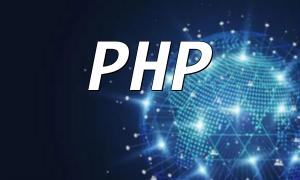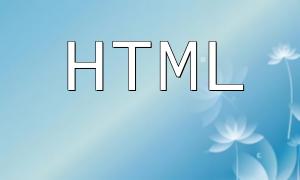In today's internet age, efficient web application development is crucial for both enterprises and developers. Combining IIS and PHP allows you to fully harness the strengths of both platforms, enabling you to build fast, stable web applications. This article provides a detailed guide for setting up web applications, helping you make the best use of IIS and PHP in your development process.
IIS (Internet Information Services) is a web server developed by Microsoft, widely used on Windows platforms. It offers powerful features and flexible management options, making it especially suitable for enterprise-level applications. PHP, on the other hand, is a popular scripting language well-suited for handling dynamic content in web development, ideal for quickly building web applications. The combination of these two technologies can lead to efficient web application development.
There are several reasons why the IIS and PHP combination is a great choice:
IIS performs exceptionally well when handling concurrent requests. When paired with PHP, it ensures fast application responses. Additionally, caching techniques can be employed to further optimize performance.
IIS offers robust support for Windows servers and is highly compatible with PHP. Developers can leverage IIS’s advanced management tools to easily configure and deploy PHP applications.
IIS has multi-layered security mechanisms that effectively protect web applications. By combining PHP’s programming features, developers can implement high-security standards in their applications.
To set up a web application using IIS and PHP, you first need to install IIS and PHP. Below are the steps to do this:
On Windows, you can enable IIS through the Control Panel. Follow these steps:
1. Open the Control Panel and select "Programs";
2. Click on "Turn Windows features on or off";
3. In the pop-up window, find "IIS", check it, and click "OK";
4. Wait for the installation to finish and restart your computer.
Follow these steps to install PHP:
1. Visit the official PHP website to download the appropriate PHP version for Windows;
2. Extract the downloaded files to a specified directory (e.g., C:\php);
3. Add the PHP path to your system’s environment variables;
4. Configure the php.ini file to set the required options.
Once installed, you need to configure IIS to support PHP:
In IIS Manager, select your site and add a PHP handler mapping. Follow these steps:
1. Open IIS Manager and select your site;
2. Choose "Handler Mappings";
3. Right-click and select "Add Module Mapping";
4. Enter the request path (e.g., *.php), and select the PHP-CGI.exe path;
5. Click OK and ensure the settings are correct.
Ensure that IIS users have read access to the PHP file directory to prevent permission errors.
Now that you’ve installed and configured IIS and PHP, you can start building your first web application. Here’s a simple example:
<?php
echo "Hello, World!";
?>
By combining IIS and PHP, you can efficiently set up web applications. Once you master the installation and configuration process, you’ll be able to leverage both tools' powerful capabilities to quickly develop and deploy high-performance web applications. If you are interested in web development, consider giving this combination a try—it will make your development process much more efficient.
Today, thanks to the perfect integration of IIS and PHP, building efficient web applications is easier than ever, allowing you to enhance your development productivity. We hope this guide provides valuable assistance and smooths your journey into web development.









